
Written by digiDirect
One of the best things about photography is that there are so many different genres for photographers to tackle and explore. Some common styles such as landscape, portrait and wedding photography probably come to mind pretty readily. However, there are some genres of photography that have a mystical and elusive quality about them. Macro photography is one style that people often tell us they think is difficult - there seems to be the idea that macro requires much more expertise and patience than most other photographic genres. We are here to tell you that, while macro has it's unique challenges, with a little know-how it is certainly possible to get great results! Further to this, we will provide you with some basic guidelines to get you on your way to being a macro photographer. Before long you will be kneeling in the forest waiting for a Maratus Volans (Peacock Spider) to fan its colours!
What is Macro Photography?
Traditionally, macro photography began as a scientific function. It allowed scientists and historians to precisely document species of insects, animal life and plant life at the tiny end of the scale. As we now know, being able to view plant and insect life up close, especially in their natural environment, yields fantastic revelations. With macro photography, all of the rich and previously unseen details and colour become a marvel of the natural world. We can appreciate that a lot of what we know about the natural world is thanks to these kinds of pursuits.
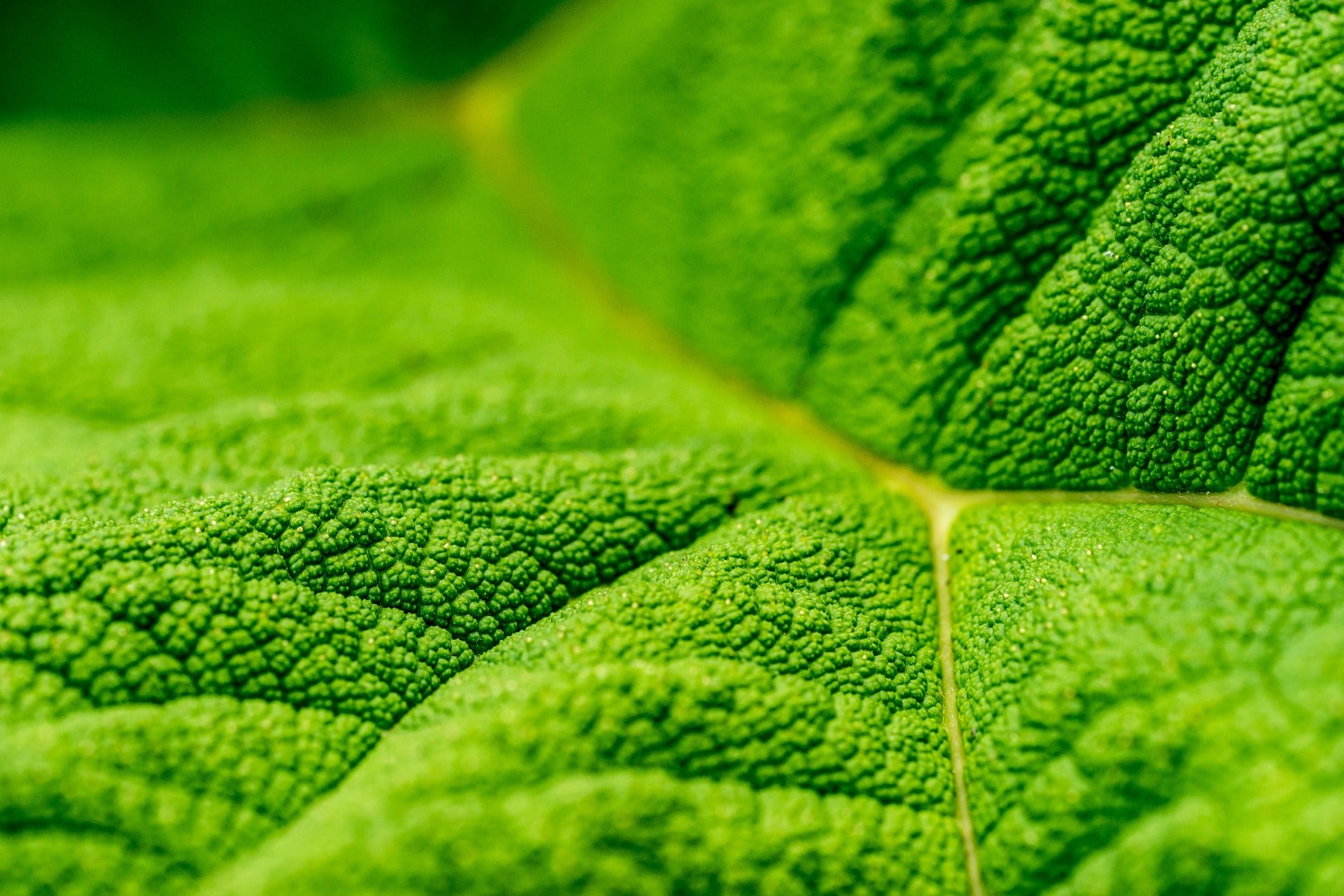
Macro photography can turn everyday objects into fascinating subjects due to the change in perspective
Seeing Your Subject in 1:1 Ratio
In today's world, macro photography has not changed so much in its pure function and intent. The difference is that the ability to capture macro images is now more accessible than it has ever been. In photographic terms, macro photography allows you to utilise a specialist macro lens that can capture authentic 1:1 images of the tiny subject. 1:1 means that the size of the subject's image projected on the camera sensor is the same as the actual size of the subject. Essentially it allows for larger reproduction of small subjects without the need for cropping or unnecessary post magnification.
What Can I Photograph?
The Natural World
In reality, you can photography anything with macro photography. As we mentioned, traditional subjects included insects and small plant life. In today's photographic world, it is common to see amazing 1:1 images of insects interacting with the plant life in their environment. Ants that are dissecting another animal, spiders on their webs and microscopic glowing fungi growing on the damp side of a log. These are all great examples of macro photography subjects. If you search the internet, you will find forums, clubs and social media pages dedicated to this genre.
Further to this, you don't have to make any considerable travel plans to get out and shoot macro photography. Taking a simple walk in your backyard or local gardens should provide you with some basic subjects to photograph. Alternatively, try picking up a single unusual flower at a local florist. More exotic species may require some additional travel arrangements. For the completionists out there, you will be busy with this style of photography as there are over 900,000 known species of insects in the natural world! Millions more exist that remain undiscovered. We are confident you won't run out of possible subjects to shoot any time soon.
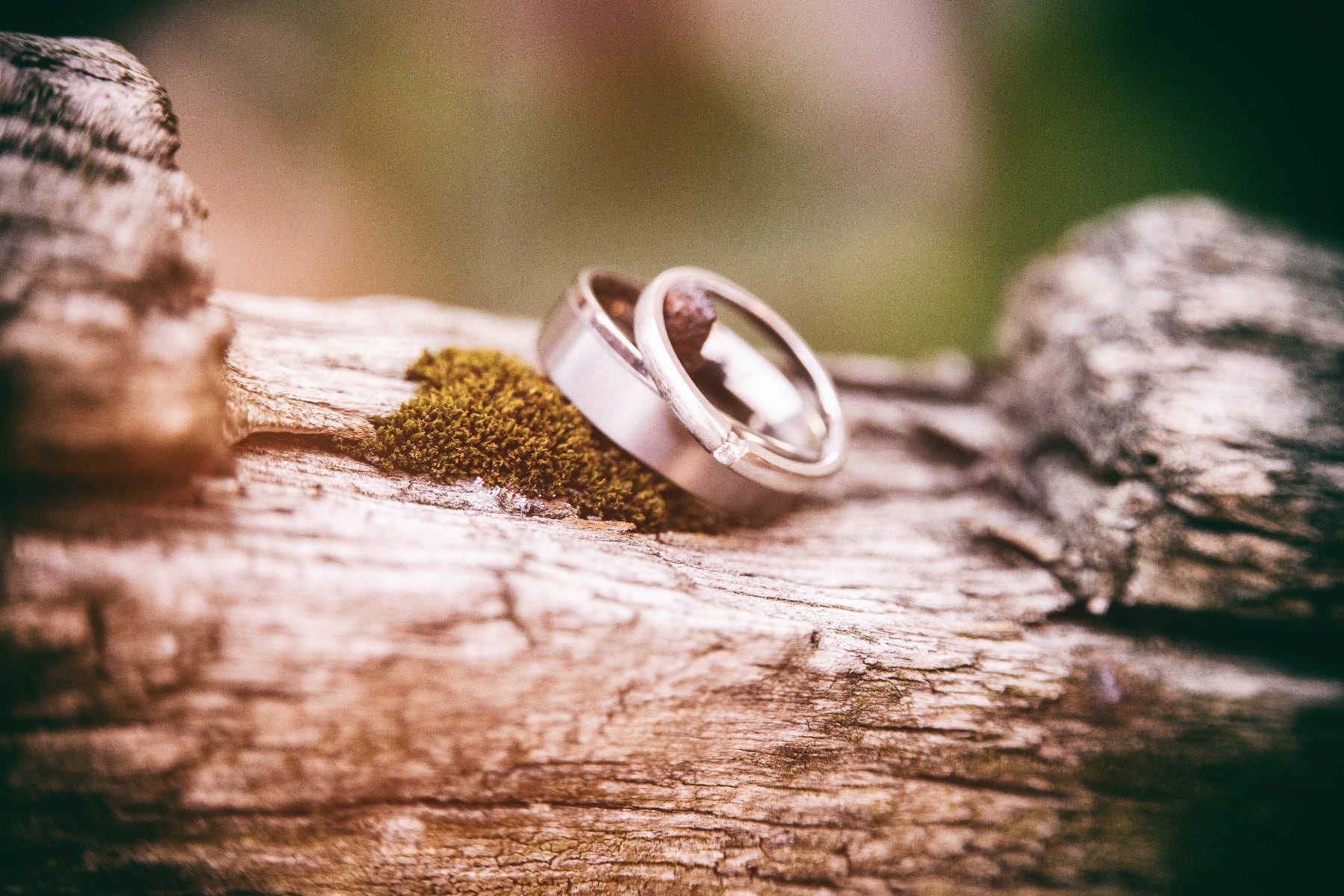
Macro photography can be used for many subjects, including product photography. It is commonly used in weddings to photograph the rings
Anything In Between
A common misconception about macro photography is that it is exclusively the photography of insects and flowers. And while most macro photography forums will show lots of photos of insects and flowers, there is more to it. Some product photographers will use macro photography to highlight the detail and elegance in jewellery and watches. It is common in wedding photography to include macro images of the rings. Whether it be to highlight the exceptional cut of a diamond or the intricacies of engineering on a watch face, macro photography is best for showcasing such detail. As a beginner to macro photography, we recommend photographing anything at the macro level. Coins, ink on a printed text, features in a tool or even children's toys can be examples to get the hang of it. As they are static subjects, they also provide good practice before attempting to shoot living subjects, which can be a bit more difficult.
Shooting Insects
Insects can be timid creatures and when disturbed will disappear quickly. Many have incredible defence mechanisms, and that is certainly something of which you should become aware. Don't expect a positive outcome with a Funnel Web spider should you disturb it and then get too close! The point is, insects can move fast. Ensure you are shooting with a fast shutter speed to ensure that you can capture your subject in perfect focus without any motion blur either from your hand or the movement of the subject. A good autofocus system on your camera can be handy here, so that you can quickly grab focus of a moving subject. Also, using a macro lens with a longer focal length, like the Canon 100mm f/2.8L, means you can stand further back from your subject, decreasing the odds that you will startle it.
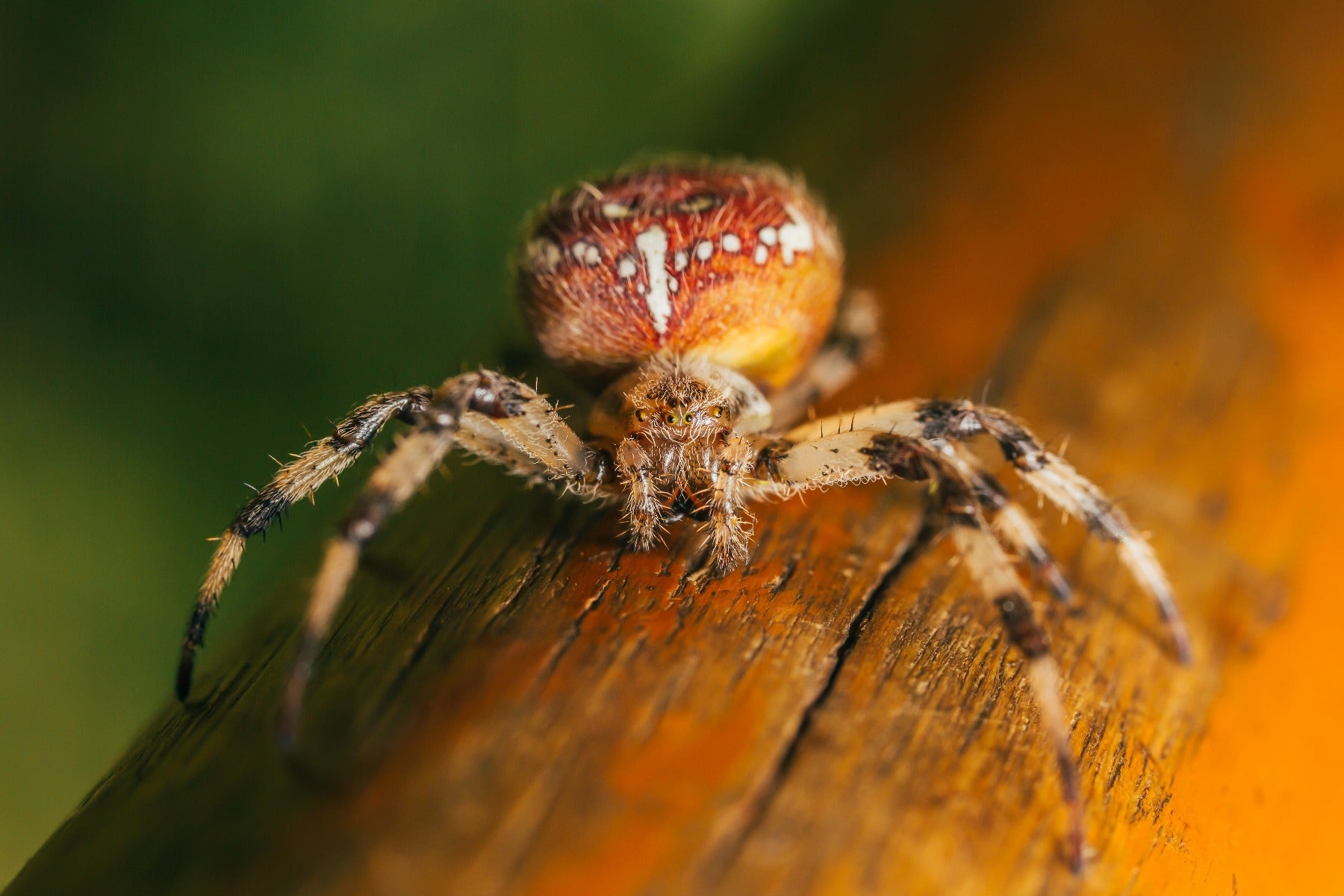
Using a faster shutter speed when photographing potentially fast moving subjects like insects or spiders will allow you to freeze motion
Shooting Plant Life
Plant life doesn't pose quite the same challenges as insects, given that they are not likely to be going anywhere. Again, you should be aware of the types of plant life you will be photographing and any possible contact with skin they could have. Shutter speed is not such an important consideration unless you have wind or a breeze in your location, in which case you'll need a moderate shutter speed to freeze movement. We would recommend shooting from a tripod, as this will allow you to frame your shot well and repeatably. In order to capture the full beauty and dynamic colour evident in most plants, we would also recommend using a flash or ring light.
What Photographic Gear Do I Need for Macro Photography
It is possible to take up-close images of small subjects with a conventional camera and standard lens. Some lenses have a very short minimal focal distance that will allow you to get pretty close to a subject. While this is possible, it is not actual macro photography as you are not capturing a real 1:1 representation of the item. Some camera and lens manufacturers produce macro extension tubes that attach to standard lenses. These reduce the minimum focus distance of the lens in order to achieve a macro-like outcome. While these are a more cost-effective option, the quality of the image is not as good as utilising an actual macro lens.
Long Macro Lenses
Macro lenses are no longer a pure specialist lens as most camera lens manufacturers have one or two options of a macro lens available. As a result, macro lenses come in a variety of focal lengths. A long macro, such as the aforementioned Canon 100mm f/2.8L, will allow you to stand further back. This Canon lens in particular has a minimal focal distance of 30cm, meaning you can be at least 30cm away from your subject when shooting the image. This allows for you to gain that 1:1 reproduction of what you are seeing without having to get in too close. Some manufacturers produce macro lenses with longer focal distances such as 180mm. These would allow for you to be even further away from your subject.
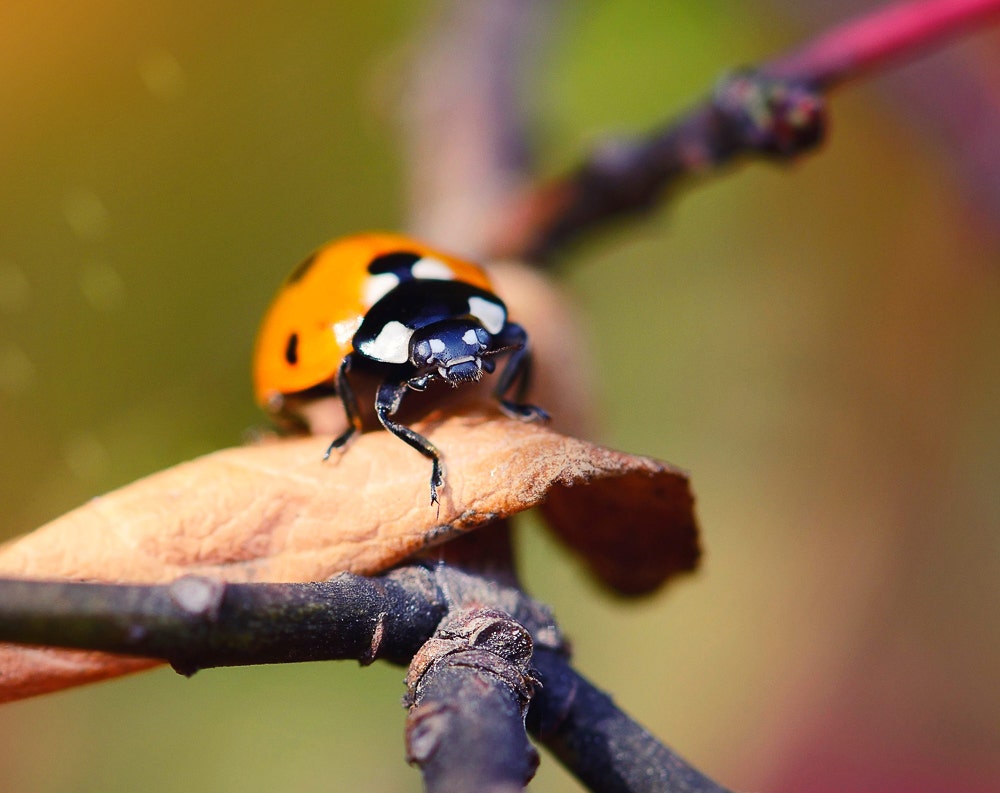
A longer focal length can allow you to be further away from your subject, reducing the chance of startling it away
Short Macro Lenses
At the other end of the scale, there are short macro lenses. Typically such lenses have a focal distance of up to 60mm. Such a lens is generally more compact and less expensive, but they also require you to get much closer to your subject. For example, with the Olympus 60mm f/2.8 Macro lens, the minimal focal distance on this lens is only 19cm. The choice is yours as getting closer to your subjects creates a risk of disrupting the setting, although for a non-living or static subject this is not really an issue.
Managing Depth of Field With Focus Stacking
With most photography, you can effectively manage your depth of field. You do so by managing your aperture and distance to subject. With macro photography, however, you are purposely trying to get in as close as possible. As a result, macro lenses tend to result in a very shallow depth of field at close distances. Focus stacking is a technique that allows you to get an infinite depth of field across an entire subject, especially when they are close to the lens. In effect, focus stacking will enable you to take several images from the front to the rear of the subject with only a thin focal plane each time. Then, either in-camera or via editing software, you can merge all of those images so that the entire collective image is in focus. When using focus stacking, you can take up to 10 or 20 images depending on the amount of in-focus area you need to capture. Learn more about focus stacking in this article.
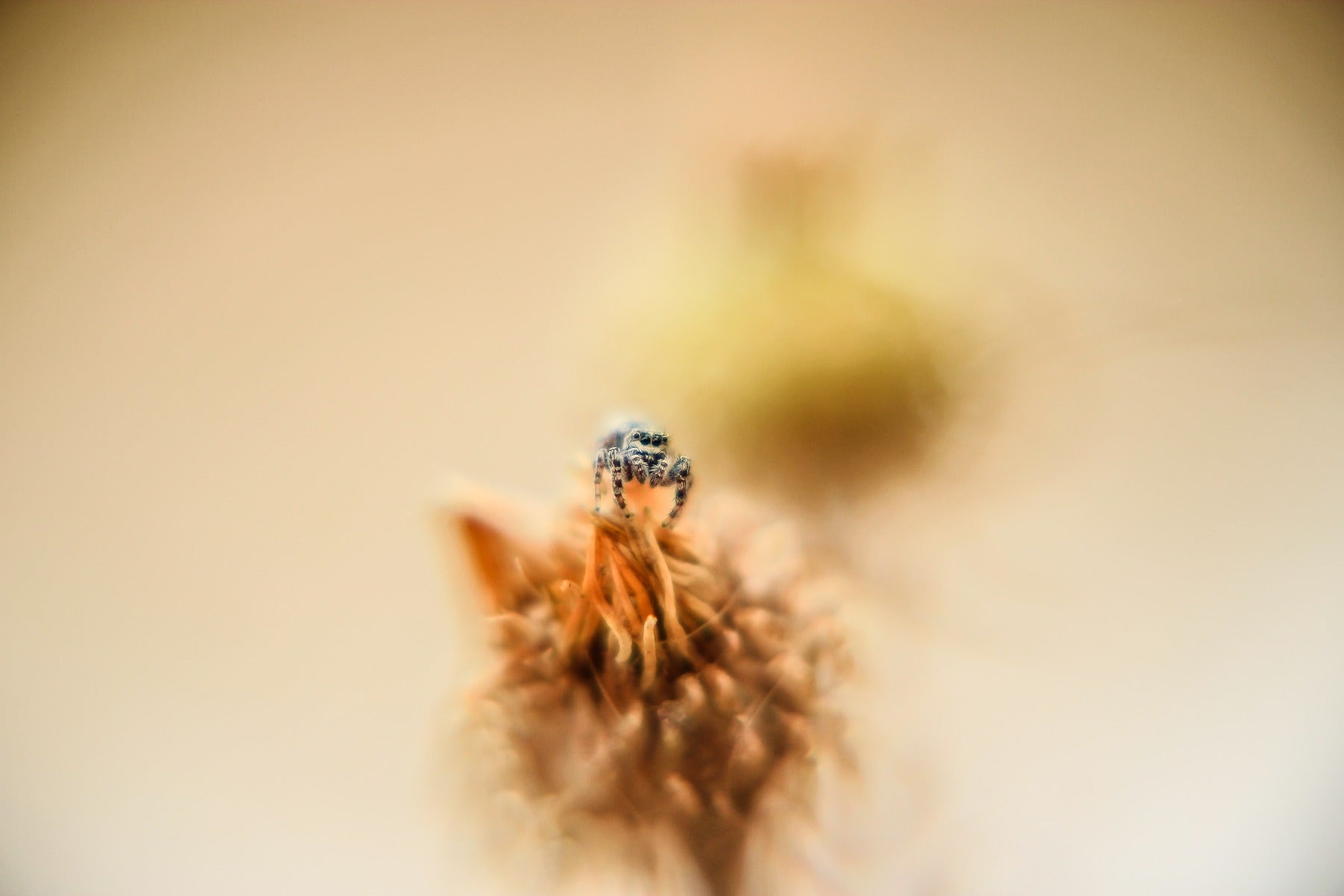
Macro shooting can result in excessive shallow depth of field that obscures detail, like in the above image. Focus stacking can be a solution to this
Tripod vs. Hand Held
The use of tripods seems to split the photographic community. Some use them and swear by them, and come can't be bothered. Some people are happy to carry a suitable travel tripod with them for every occasion and others that don't want the burden of something that they will not likely use. In macro photography, the debate is no different. It all depends on how steady you are hand holding your camera. If you can achieve a crystal clear image at reasonable shutter speed, then we recommend that you stick with that until proven otherwise. However, a good quality tripod can be of great benefit in ensuring that you gain accurate and stable focus on your subject.
Lighting Options
Natural Light
When shooting macro, you can come across lighting conditions that you didn't anticipate. While it may be a bright and sunny day at your eye level, when you get down in amongst plants and foliage, you may find things to be considerably different. It is essential to keep in mind that you are now operating at a macro level. You are likely to be down very low and should consider the shadows cast by surrounding plants, trees and other obstacles. Further to this, make sure that you are not an obstacle for good light to hit your subject area! Where possible, we recommend that you initially work with the natural light that is available to you. Be sure to set your ISO for the quality of the light at the ground level of where you intend to shoot.
Flash Lighting
Many macro photographers will rely on artificial light sources to provide better quality light on the overall area of the image. Further to this, as with portrait photography, they may rely on more direct light sources to make the subject stand out. Flash lighting solutions for this style of photography come in many forms. On-camera flash is probably the most common and most straightforward to master. Off-camera flash is another solution to control the light source coming from a particular direction. There are, of course, flash solutions specific to macro photography. A ring flash is a flash unit that forms a complete circle of light and mounts to the actual lens.

Spending time thinking about lighting can lead to dramatic macro images
Keeping Your Subject In Place
As we mentioned earlier, insects will have a natural defence mechanism to either hide or in some nastier cases, defend themselves. So keeping your subjects in place can prove to be challenging while you frame your composition. Of course, with practice comes greater confidence and more significant outcomes. Have your camera settings prepared for the conditions before you even come across an insect. And while we are on the subject, it is essential also to be conscious of your impact on the surrounding environment and ecosystem. Treading lightly and not overly disrupting the subject from its natural routine is crucial. You want to leave the setting just as you initially found it.
Once a formal science method of documenting the natural world at a macro level, macro photography has become an art form in its own right. All too often, niche photography genres seem too challenging to make a start. But as we have shown here, macro photography is quite a simple process and one that photographers of any skill level could undertake. We recommend you begin your exploration of macro photography by first examining the details you can achieve first with a standard lens.Then, upgrade to an actual 1:1 macro lens to achieve the best possible results with your subjects up close.
Unsure of what macro lenses suit your camera system? Speak to our friendly digiDirect staff who can recommend the best items and get you started on your macro journey.




















































































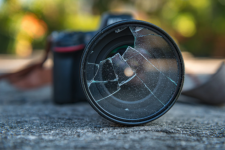
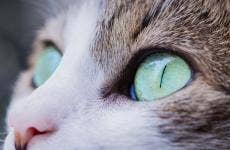
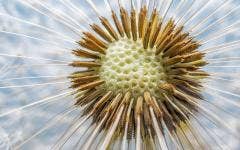
Comments
No Comments yet. Be the first to comment.